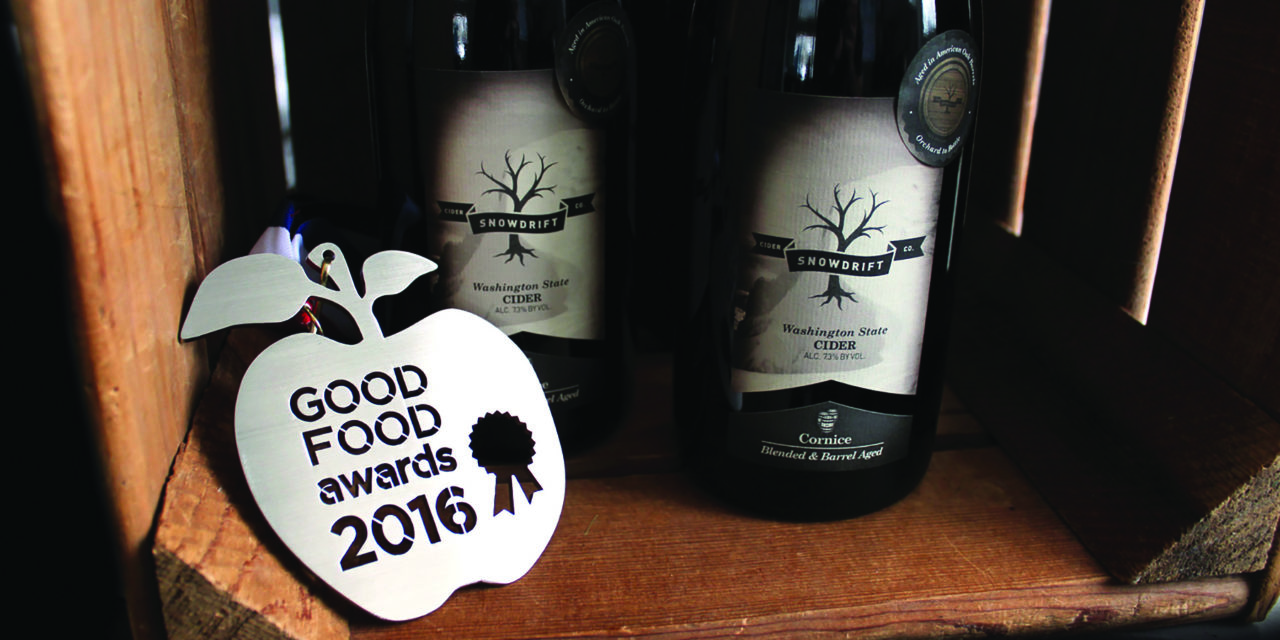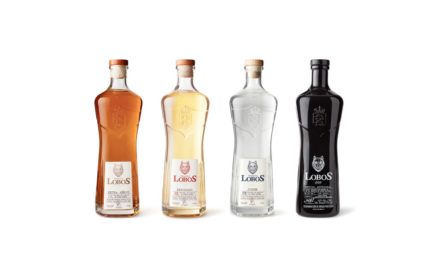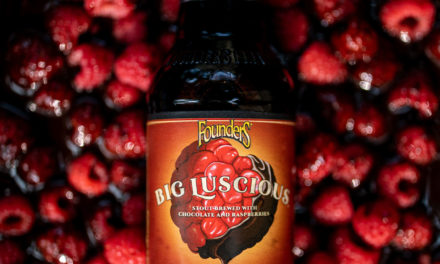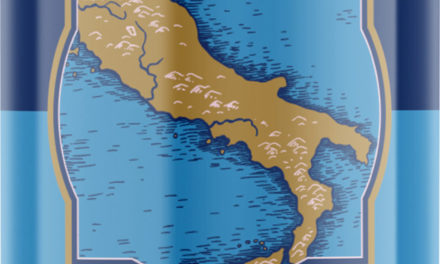We are awash in things to drink—thousands upon thousands of wines, ciders, spirits, and beers. How can a company persuade a buyer to choose one over another? What clues can it give that its product is superior and, thus, worthy of a customer’s notice? Lots of consumers who may not study reviews may instead respond to a shiny competition medal that conveys the message: “An experienced judge thought this one was special.”
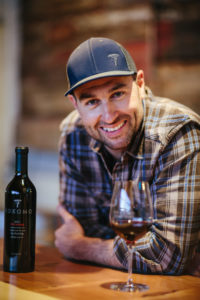
Erik Miller, winemaker and owner of Kokomo Winery [Photo courtesy of Kokomo]
Think Local
Erik Miller, winemaker and owner of Kokomo Winery in Healdsburg, Calif., favors competitions run in his own backyard, particularly those sponsored by a local media outlet, such as the Press Democrat North Coast Wine Challenge in Santa Rosa, Calif., or the San Francisco Chronicle Wine Competition. While the latter is one of the largest competitions for American wines in the world, with close to 7,000 entries from across the country in 2017, the North Coast Wine Challenge is only open to wines produced by California wineries from grapes grown in a select number of California North Coast AVAs and thus is focused on the most well-respected wine regions in the country.
Miller appreciates that both competitions publish the names of winning wines in their respective publications, and that both also invite winning wineries to pour at special public tasting events, such as the North Coast Wine and Food Festival. He uses these competitions to highlight small batch vintages not intended for national distribution and credits his multi-year wins at the North Coast Wine Challenge with building a cult following for his Grenache rosé. The opportunity to pour his award-winning wines at the public events also drives additional traffic to his tasting room, he believes, where the array of medals clearly influences customers’ buying decisions.

“You can get to the finals on taste alone, but it takes something extra to actually win.” —Tim Larsen, Snowdrift Cider Company
Unlike wine and spirits competitions, the oldest beer and cider equivalents have their roots in the home brewing world and the beginnings of the American craft beer movement in the 1980s (cider has only recently come to the attention of the wine world despite having more in common with wine than beer). At the Great American Beer Festival (GABF) competition or the Great Lakes International Cider and Perry Competition (GLINTCAP), for example, the emphasis was initially on raising the level of entries as much as on winning awards, so the creator of each entry received—and still does—a detailed set of notes from each judge indicating how a brew or cider shone or fell short. This kind of feedback from one’s peers and well-trained judges is equally as important as any win, believes Jesse Friedman of Almanac Brewing in Alameda, Calif., though “for a small company, [a win] is a great way to break through all the noise,” as the medal stickers that winners can place on bottles draw immediate consumer attention.
There are scads of amateur competitions still, at least in the brewing world, and even major competitions can stay connected to non-commercial roots. The GABF’s Pro-Am competition entries are a collaboration between a licensed brewery and a home brewer based on the home brewer’s recipe, for example, and GLINTCAP (currently the largest cider competition in the world) accepts entries from non-professionals which are judged blindly right alongside commercial ciders. This simultaneity of category development and mix of professionals and amateurs seems to have created a built-in group of consumers who eagerly follow the competition results—impassioned drinkers who have a more personal sense of what a medal might mean, as they’ve had a go at making their own. Some, such as Ron Sansone, who won multiple noncommercial cidermaker awards at GLINTCAP in 2016 and 2017, even use their medals as a springboard to launch their own companies; his is Spoke + Spy Ciderworks in Middletown, Conn.
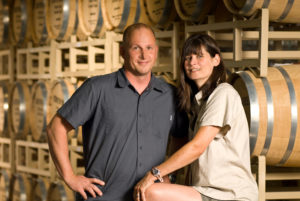
Every year, Scott Harris of Catoctin Creek Distillery makes a point of entering one of the larger spirits events, such as the New York Spirits Competition or the San Francisco World of Spirits, to keep his brand in front of distributors and trade buyers.
Good and Better
The latest twist on beverage competitions has emerged from the sustainable food movement and is exemplified by the Good Food Awards (GFA). Now starting its second decade, GFA’s mission is to honor foods that are not only delicious but authentic and responsibly produced. An entry must meet certain sustainability benchmarks, such as the use of organic or local ingredients, and the company must demonstrate a commitment to good environmental practices and/or community involvement. The criteria are uniquely tailored to each category–in this case beer, spirits, and cider–and reviewed annually for continued relevance as the category matures, with the bar being raised when appropriate.
GFA’s multi-fold goals are to reward businesses that embrace these values, encourage more to follow their example, and to help consumers with similar values find businesses they can wholeheartedly support. Awards are given out on a regional basis, with the country divided into five distinct areas, so that even a very small company with limited distribution can see the benefits of winning, as more and more consumers make buying choices based on whether or not a business is located in their own backyard.
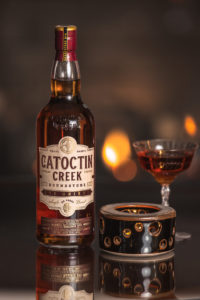
Catoctin Creek’s Roundstone Rye has won a Good Food Award in 2013, 2016, and 2018. [Photo courtesy Catoctin Creek]
Market response is a little stronger for winners in GFA’s spirits category, which has been a part of the competition since 2013. It’s the spotlight on the local, especially in urban areas that have little immediate access to farms, that Scott Harris of Catoctin Creek Distillery finds among the most powerful factors in his market. Located in rural Purcellville, Va., Catoctin Creek has been a GFA winner for its Roundstone Rye in 2013, 2016, and 2018.
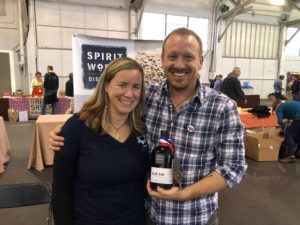
Spirit Works Distillery founders Ashby and Timo Marshall [Photo courtesy Spirit Works]
Ashby Marshall, part of the husband-and-wife team that owns Spirit Works Distillery in Sebastopol, Calif., says the distillery’s 2018 GFA win for Sloe Gin drew the attention of several important local buyers at the Good Food Mercantile. The intimate trade show that happens on the day after the awards is open only to winning companies, including Bi-Rite Market in San Francisco, one of the GFAs major sponsors. Bi-Rite has a deep interest in promoting GFA winners, which will undoubtedly raise Spirit Works’ profile and sales.
No one competition is right for every company—and competitions may not, in fact, have a place in every company’s plan. Still, with a clear sense of purpose, competitions and the awards they bring can be a useful tool in an increasingly crowded marketplace.
Press releases are generated outside of Spirited magazine and the information contained does not necessarily reflect the opinion of Spirited or its parent company, Sonoma Media Investments.

